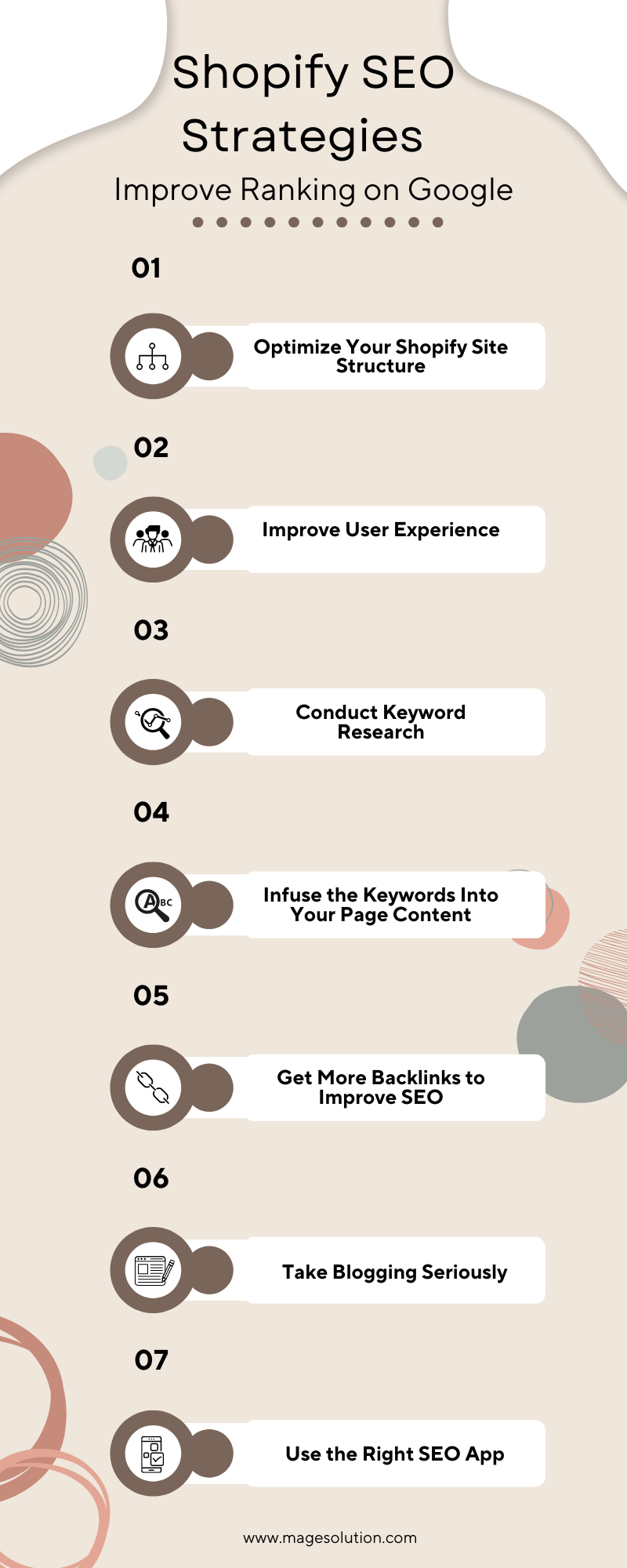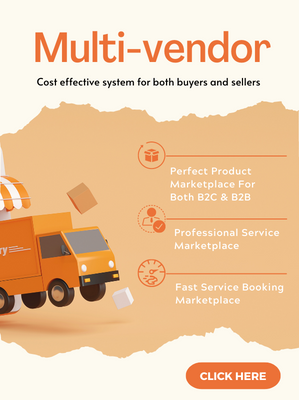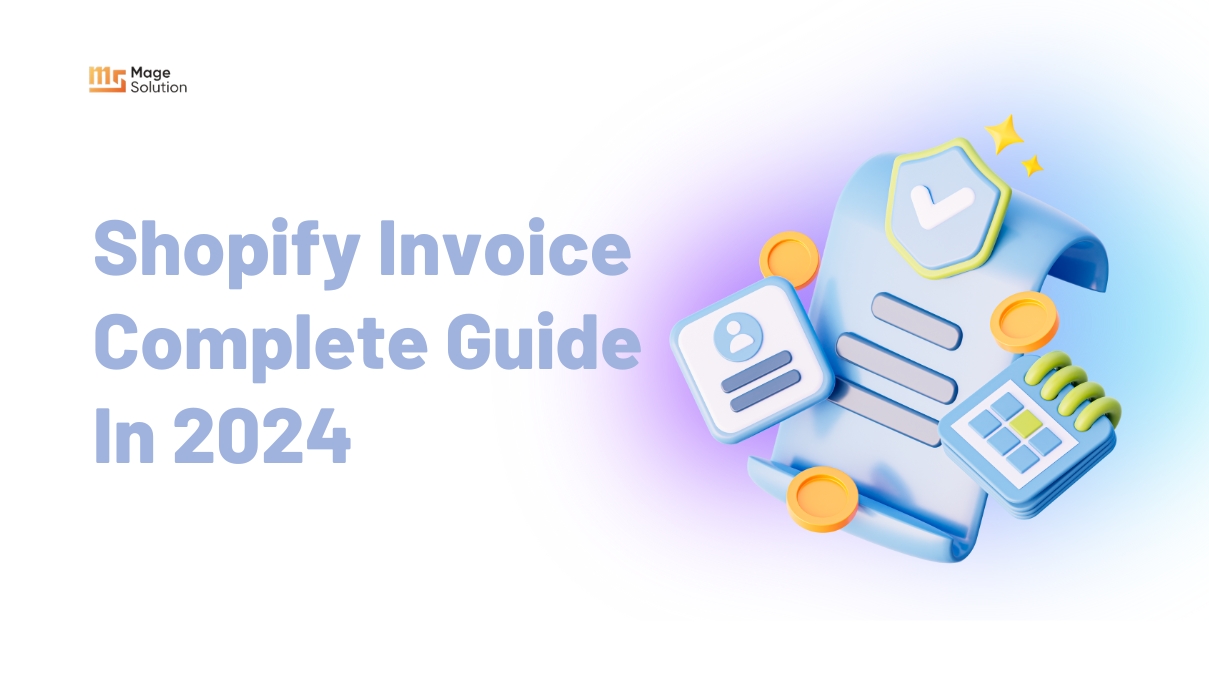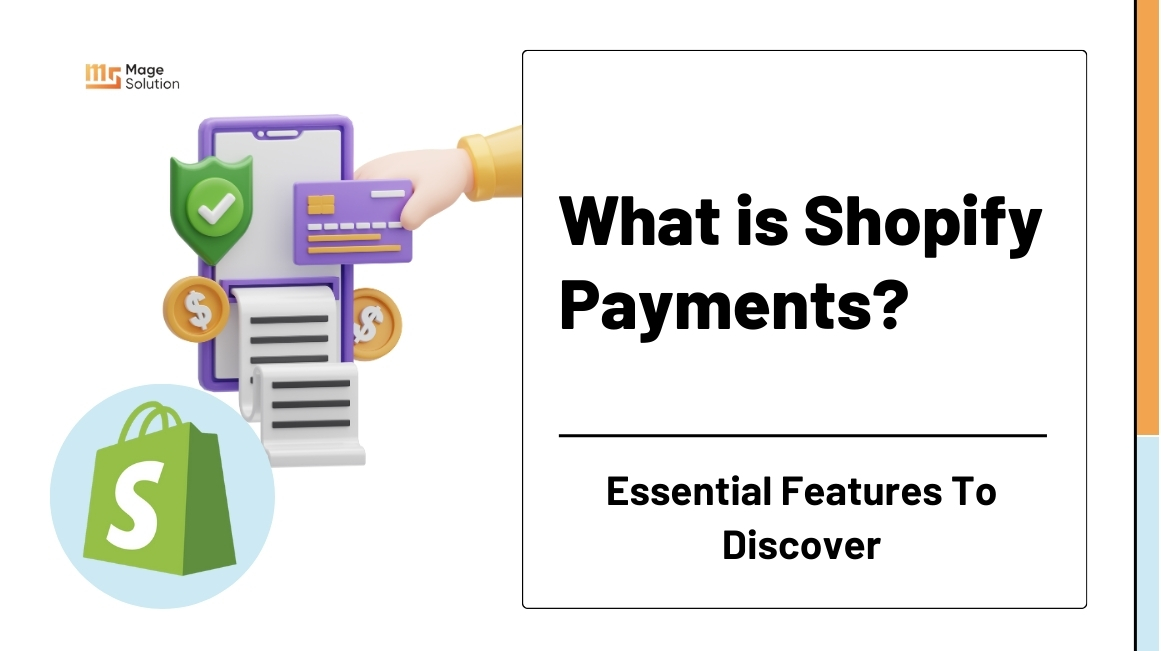Your cart is currently empty!
The Shopify SEO guide to help your Shopify store get high ranking on Google
SEO seems to be a popular word with people in the marketing field. It relates to how well your site performs on Google. If you do SEO carefully and successfully, your page will get a high rank on Google. However, Have you heard about Shopify SEO? Many Shopify owners can skip with this phrase, then they miss the chance to boost their store with more research and appear frequently before the eyes of customers. Therefore, today’s topic will be about Shopify SEO and we will give you a guide to aid your Shopify store get a high ranking on Google.
First of all, What is Shopify SEO?

Shopify SEO is a collection of SEO modifications specific to the Shopify platform. Basically, Shopify SEO entails optimizing the platform itself for search. While Shopify stores include a blog and the ability to redirect, these features can potentially lead to SEO problems like duplicate content.
Then, Shopify SEO Strategies to Improve Ranking on Google
Optimize your Shopify Site Structure
The content on your website is first and foremost more significant for SEO ranking. The content must be extremely thorough and pertinent to the subject.
Users are more likely to spend more time on your website and view more pages if they can discover your business easily and the products you sell meet their needs. This can lower your website’s probability of having a high bounce rate.
Try to include a Contact Us and an About Us page on your website in the Category and Product pages. Users will be able to find you and the things they were looking for with the aid of this.
Additionally, include Shopify filters on your page. Perhaps you believe it will aid with SEO? Not quite, but it will still help shoppers seek the goods they wish to purchase quickly. This is a crucial component of E-commerce optimization that will enable you to increase your traffic-based revenue.
Improve User Experience
In this part, we will outline some strategies for enhancing the user experience on your website. As mentioned, if your website loads quickly, visitors will want to stay longer. If not, they’ll be more likely to leave.
Your Shopify store can get speedier by:
- Before adding your product photographs, compress them.
- Optimize the Shopify image sizes for your store
- Use a straightforward theme.
- Less apps should be on your website.
- Don’t use sliders
- Use a responsive design to ensure that your Shopify store is usable on all devices, including desktop computers, tablets, and smartphones, you should use a responsive design.
More sales and conversions will result from responsive websites. A better user experience will be offered by responsive websites. Due to the increased likelihood that users will use smartphones these days, make sure your online business functions flawlessly on mobile.
Conduct Keyword Research
Since SEO is impossible without keywords, keywords are the key to SEO. The search engine can better understand who you are and what you do by using keywords.
Simply, the keywords we all use while searching on Google for help or a result are the keywords. Being customer-centric will help you choose the ideal keywords for your store. Consider yourself to be a consumer to act and think accordingly. This can assist you in aiming for the correct person. Make sure the keywords you select will aid in increasing sales.
When choosing keywords, you should take into account three essential factors: the volume of searches for the term, the difficulty of ranking for the phrase, and the keywords that people use to look for products.
Infuse the Keywords Into Your Page Content

You should now have a list of terms you wish to focus on. Making it simple for Google spiders to find your pages using those keywords is the next stage. However, you must choose the sites to which you will add the keywords. The ideal locations to start are your homepage, product pages, and product category pages. Where specifically on those pages should the keywords be added? The best locations are the page title, meta description, page body content, and picture Alt texts.
Usage of headings
The primary section of the content where individuals ignore to put it carefully is the heading section. You should bold language whenever necessary because failing to do so can make it more difficult for users to grasp your information. Because search engines utilize it to rank the page instead of relying just on the subheadings, including H1 in the main header. It will be beneficial if you include a few H2 tags with associated keywords on your pages and product descriptions as well.
Rich snippets
Rich snippets will make it easier for search engines to comprehend what a website is about. A few suggestions about the article or website that it comprises are typically included in rich snippets. The “Schema Markup” outlined by Schema.org is used to create rich snippets. The search engine should incorporate certain items, according to schema specifications. Users can learn more about the contents of a link with the aid of rich snippets. It may decide whether to access the link or not. Because if people see the snippet and it does not contain the information they require, they will certainly not click the link.
Use engaging and relevant meta description
The meta description is crucial. Since it displays the concise description of your page or the specific title. Your meta description needs to be original and pertinent to the article. Inside the Meta description, provide keywords. It’s important to choose focused keywords. The use of a meta description helps persuade users to click a link. Ensure that the meta descriptions on each page are distinct. According to Google, a well-written meta description will increase the number of clicks that lead to your website. You must adhere to clear guidelines as well. Go to the snippet’s edit page if you are using WordPress, and then enter the meta description.
Alt tags for images
One of the primary determining elements in indexing is said to be search engine algorithms. Search engines may grasp the meaning of an image and the context in which it is used by reading the alt tags. In essence, alt tags help search engines better comprehend your content. Pick the image you wish to upload to add an alt text to it on the page. You can now see the text box where you can enter or modify the alt tags.
Keyword-focused title tags
The first thing Google wants to see about your store or website is the title tags. Assuring title and header tags are present on every page. Since it enables Google to distinguish distinctively between your website’s or store’s pages. The title must adhere to the restrictions imposed by the additional characters. Observe the most recent restriction on the title tag’s character count.
Get More Backlinks to Improve SEO
The quantity and caliber of backlinks pointing to your website have a significant impact on where your Shopify website appears in search results. To succeed with SEO, you must obtain as many high-quality backlinks as possible. Incidentally, backlinks are only links from another website directed to your website. Keep in mind that not all backlinks are created equal before starting a campaign to generate them.
Links from social networking sites like Facebook, Twitter, or any other won’t significantly affect your ranking, for instance. Links from unreliable websites will also harm your site more than they help. So it’s preferable to stay away from them entirely. However, a connection from a well-known website like CNN will be a good thing, and you need such a link.
Following that, here are some original strategies you can use to create relevant backlinks to your store:
- Post guest articles on reputable websites. Backlinks will come to you organically if you do this.
- Request reviews of your products from bloggers and review websites. Most will do it without charge.
- Get links from the company that makes your goods.
- Create shareable, interesting material for your site.
- In addition, try to avoid purchasing connections. Your website can get ruined as a result.
Take Blogging Seriously
You must post helpful blog posts if you want to improve the exposure of your store on Google. Luckily, Shopify comes with a blogging feature. You can get there by clicking Online Store >>. blog entries. Create content centered on the keywords you’re aiming for for the greatest results. It is simple for Google search spiders to understand what your website is all about when you publish blog entries that are relevant to your niche.
Use the Right SEO App
Yoast SEO is the most well-known SEO plugin for WordPress, so chances are good that you’ve heard of it before if you’ve ever maintained a WordPress website. You might start to question if Yoast is also compatible with Shopify. Of course not! The good news is that there are many additional Shopify SEO solutions that can enhance your Shopify SEO strategy. Unfortunately, these applications are rarely 100% free. However, the majority only provide basic free plans. They are also available on the Shopify App Store.

Conclusion
Through this topic, we hope you know more about how to do Shopify SEO. You should optimize your store to make a chance appear more frequently in the search. Then, customers can find you easily and have a good experience when shopping in your store. Follow our guide to help you get more revenue, boost the sale and more buyers can reach your online shop. Don’t hesitate to do it right now, or you can seek our Shopify development service to make this process become quickly. Contact us to know more information.
>> The powerful Shopify marketing strategies to boost sales in 2022 <<



